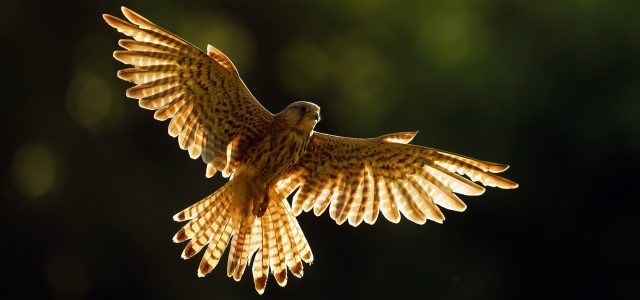
A Safari On Our Doorstep
After the excitement of Euro 2020 and the Tokyo Olympics many are craving less dramatic sports in their lives. Although some argue that bird watching or birding is not a sport it is enjoyed by many millions of people across the globe. Mike Ebdy tells us how we can enjoy bird watching and wildlife photography whilst going on a safari close to home
For our own well being its vital to devote some time each day to something pleasant and relaxing. Contact with nature is a tried and tested way to relieve stress. Birding and wildlife photography lets our tensions melt away and helps us cope with whatever the world throws at us. And in contrast to man-made entertainments these activities do not merely distract, they heal us.
Many of us spent lockdown looking for something different to do and developed a new awareness of the world around us in gardens and parks. A lot of us also made new acquaintance with some of the wonderful nature reserves that surround Preston and the Fylde. However, there are still people who think that the wonders of nature live somewhere else and have no idea of the treasures on our doorstep. If you get out and about locally, you don’t have to go far to see remarkable things. You’ll need some sturdy old shoes, and a waterproof, but walking is a great way to keep fit, and watching out for nature will make any walk much more interesting. If you’re keen enough, some binoculars will help you. These need not cost the earth, and £25 will get you a decent pair for beginners on eBay. If you fancy it, nature photography is a great hobby, and it is fine to start with your smartphone and move upmarket if your interest grows.
Perhaps the best place to start is at Brockholes. Managed by the Lancashire Wildlife Trust, it is conveniently situated where the A59 meets the M6 (Junction 31). Twenty years ago it was two working cattle farms, but gravel extraction followed by sensitive restoration allowed the creation of a fabulous nature reserve. Admission is free, but you need to pay for parking (£5 per day for cars). What will you see? As you park up, you might see Kevin the kestrel. He is the king of the car park and might well be the most photographed bird of prey in the country.
In the summer, common terns nest on rafts on the lake, sandpipers and other waders will be close by, and ospreys have been known to drop in. Hobbies, which are small falcons, hunt dragonflies over the lakes and also on the Ribble, which runs around the site. Sand martins nest in prepared sites and in the banks of the river, flying in and out of their nest holes with insects for their insatiable youngsters. Hares and lapwing are common. Adjoining the reserve are Boilton Wood and Red Scar Woods, a huge tract of ancient woodland, home to foxes, roe deer and much else. For those wanting a better view, Brockholes is also home to In Focus, a well-known shop selling binoculars and telescopes. Whether you are a novice or an expert, they will give good advice.
At Blackpool, Marton Mere is a Site of Special Scientific Interest, created from a former rubbish tip. Famous for orchids and dragonflies, this is a reed-bed and wetland habitat with a wide variety of wetland species. Within sight of the tower, you might see a long-eared owl!
Just to the west of Chorley is White Coppice. There is car parking at the picturesque cricket field, beside the Goit, a canal linking local reservoirs. You can go north to Brinscall or south to Anglezarke reservoir, where a walk through broad-leaved woodland takes you along the waterside. It is a rewarding walk either way, with chiffchaff, roe deer and cuckoo, and grey wagtails busy on the water.
On the other side of Chorley is Yarrow Valley Country Park. A walk around the lake will bring you to the river and the weir, where dippers hunt for food in the fast-running water. Goldcrests and kingfishers are around, and a bank vole might pop out of his burrow by the bridge if you spread some bird seed outside.
Lancashire Wildlife Trust manages around 40 nature reserves across the county, and clearly I lack the space to describe them all, but further information can be found at lancswt.org.uk/. Membership costs as little as £3.00 per month, and family membership with added benefits for children starts at £4.00 per month. Other organisations are active too, with the Royal Society for the Protection of Birds managing Leighton Moss in Silverdale and sites on the Ribble estuary at Fairhaven Lake, Marshside and Hesketh Out Marsh. The Wildfowl and Wetlands Trust runs a wonderful reserve at Martin Mere near Burscough, where marsh harriers are relatively common and if you are very lucky indeed you might see a bittern.

